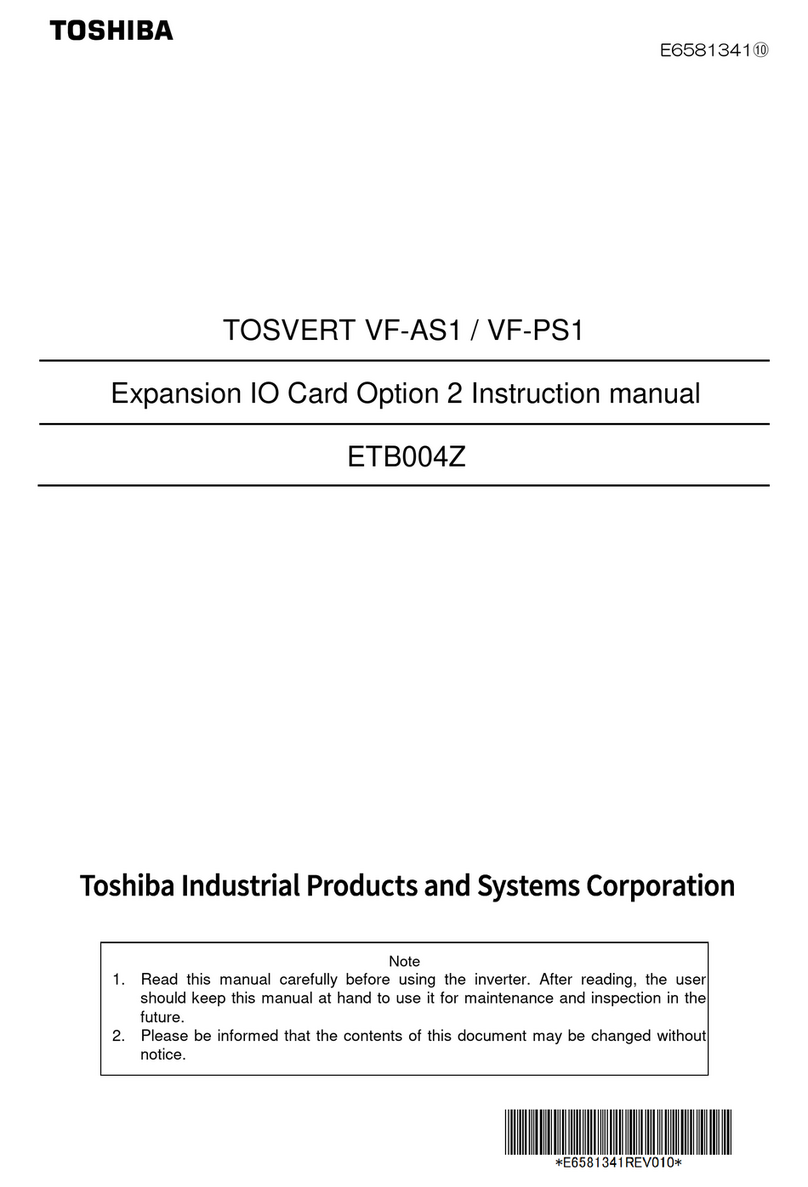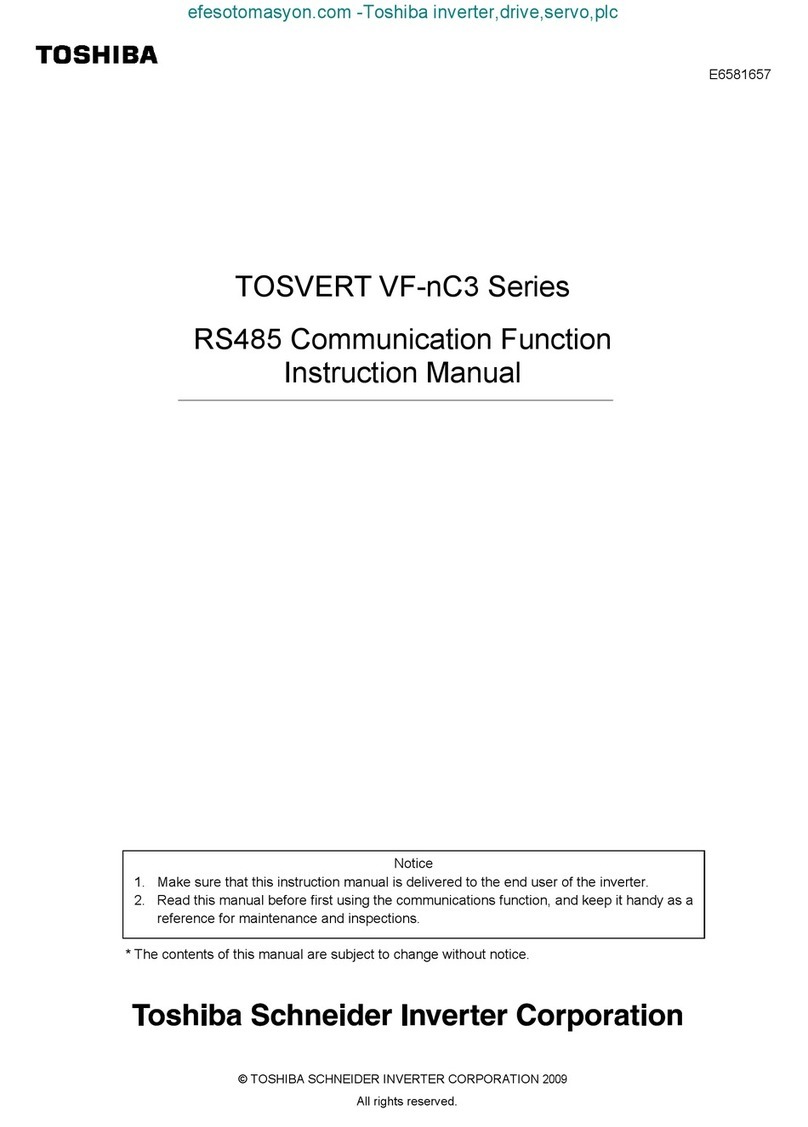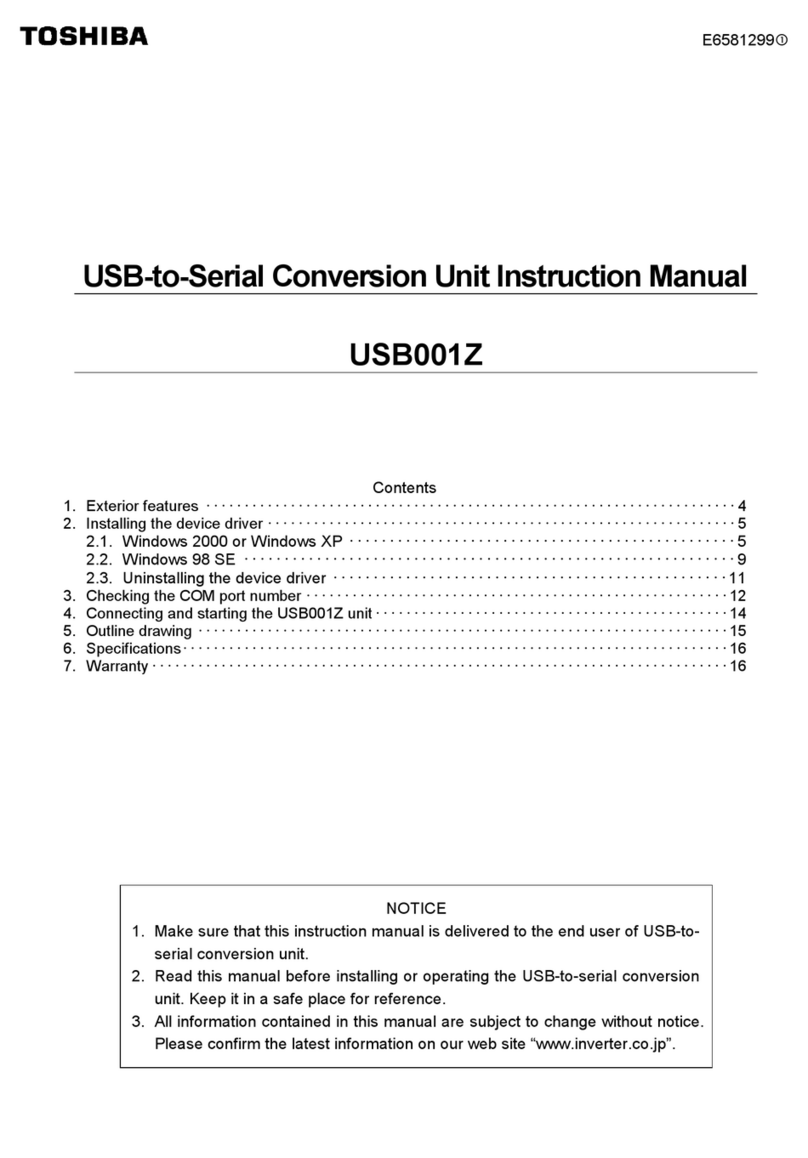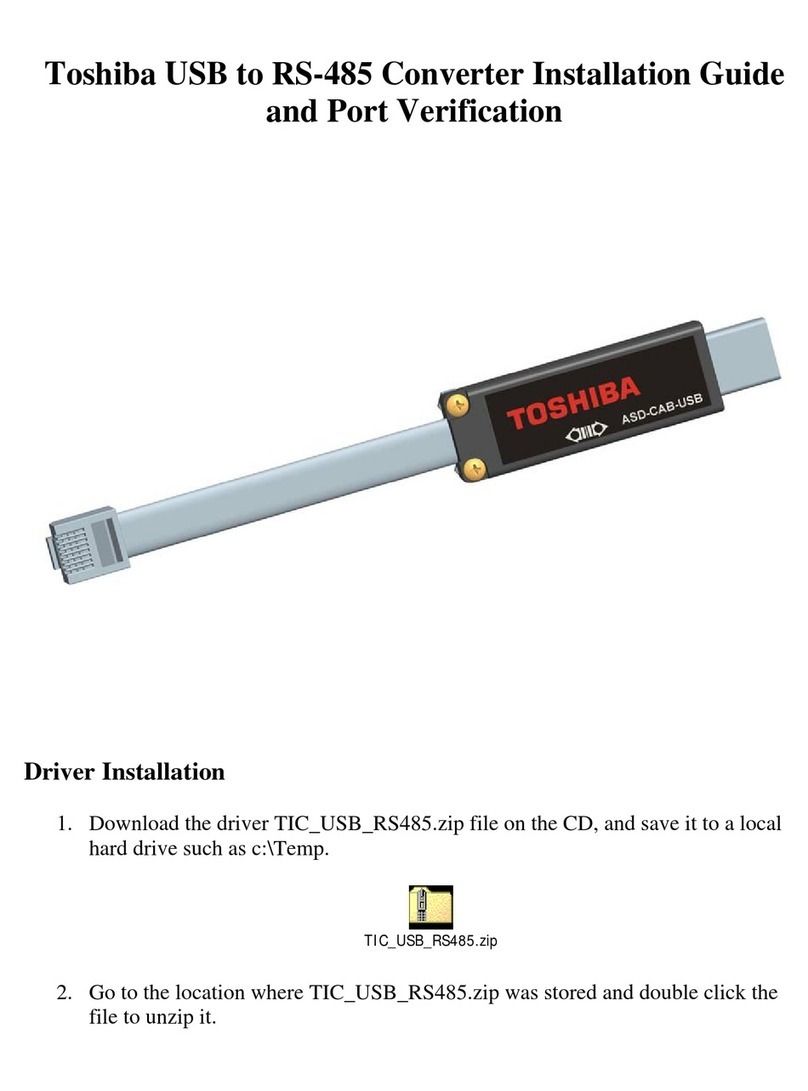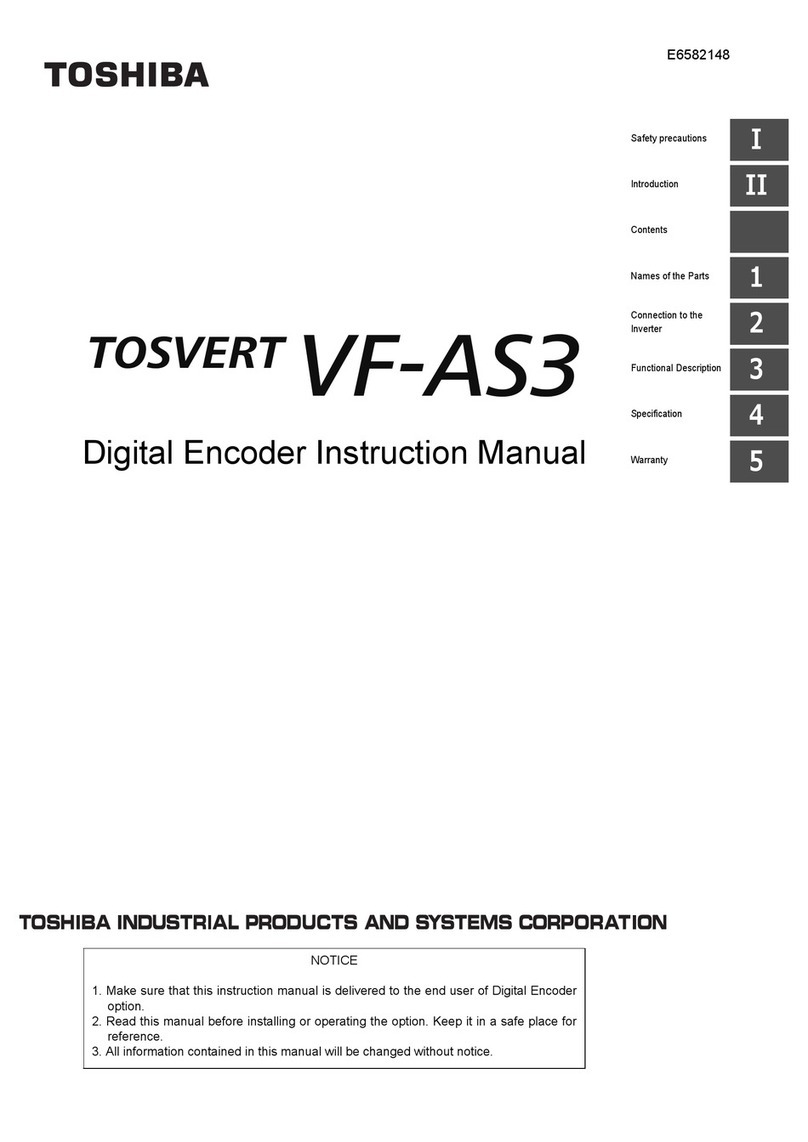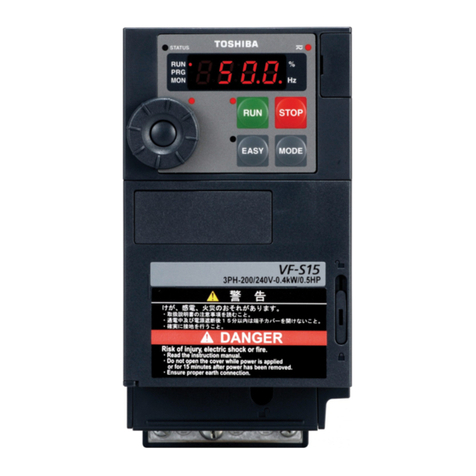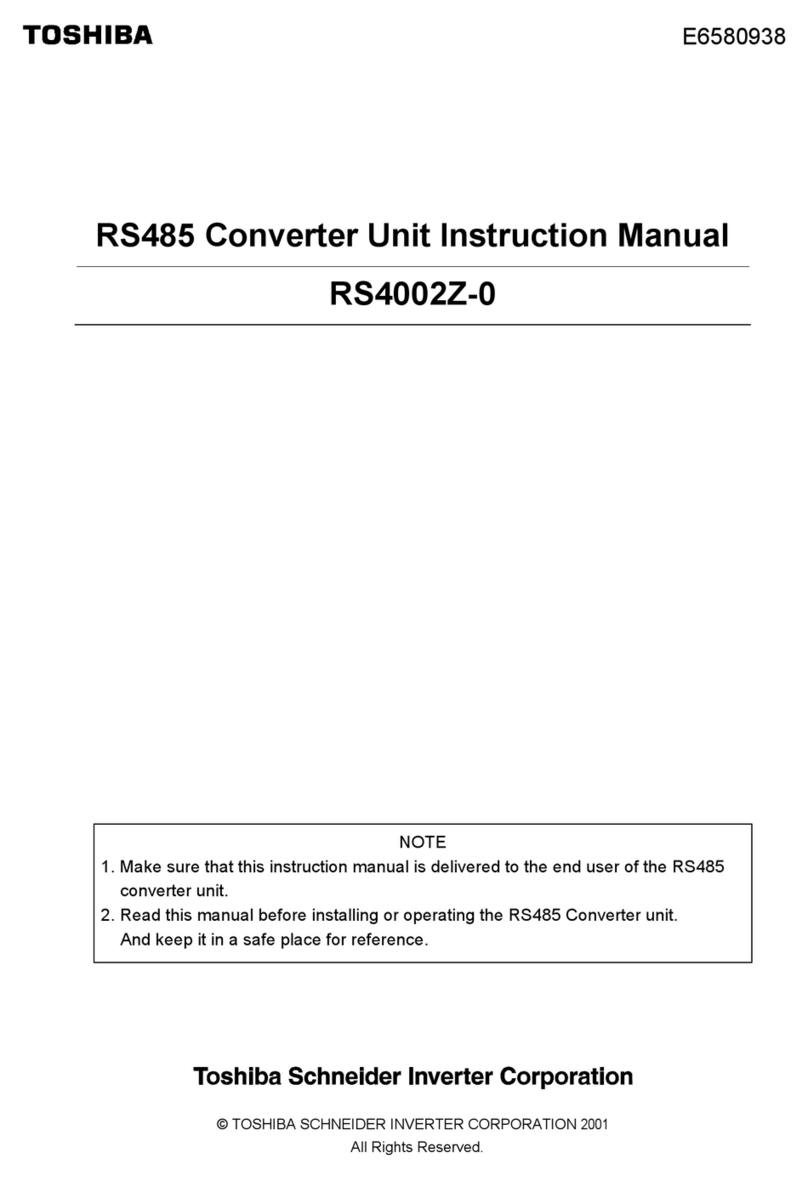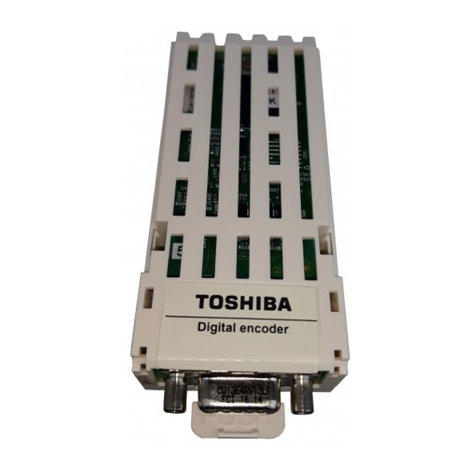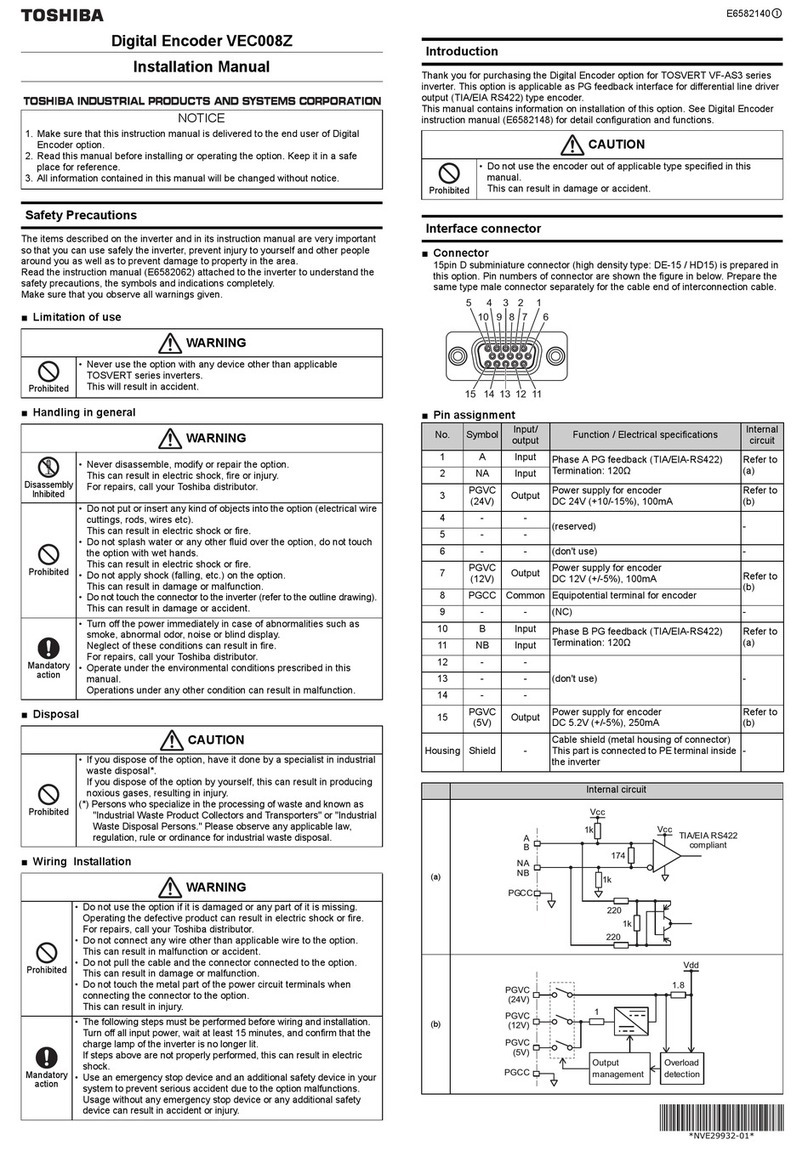
−8 −
6 F 8 A 0 9 2 7
8. Parameter Settings.................................................................................................................................................53
8.1 Parameter Setting Items................................................................................................................................ 53
8.2 Check/Change of Parameters ....................................................................................................................... 54
8.2.1 Menu Configuration Selection Screen .............................................................................................54
8.2.2 Exciting Current Value..................................................................................................................... 55
8.2.3 Meter Size ....................................................................................................................................... 56
8.2.4 Exciting Frequency.......................................................................................................................... 58
8.2.5 Flow Direction Setting...................................................................................................................... 59
8.2.6 Display Setting ................................................................................................................................ 60
8.2.7 Custom Coefficient Setting.............................................................................................................. 64
8.2.8 Custom Unit Setting......................................................................................................................... 65
8.2.9 Span (Range) .................................................................................................................................. 66
8.2.10 Damping Constant........................................................................................................................... 72
8.2.11 Rate-Of-Change Limit and Control Limit Time................................................................................. 73
8.2.12 Low Cutoff ....................................................................................................................................... 75
8.2.13 Display Low Cutoff........................................................................................................................... 76
8.2.14 Still Water Zero Adjustment............................................................................................................. 77
8.2.15 Manual Zero Adjustment ................................................................................................................. 78
8.2.16 4−20mA Alarm Output Setting ........................................................................................................ 79
8.2.17 Output Low Limit Setting ................................................................................................................. 80
8.2.18 Digital Output................................................................................................................................... 81
8.2.19 Digital Input ..................................................................................................................................... 83
8.2.20 Count Rate (Pulse Rate), Pulse Width Setting Mode and Pulse Width ........................................... 85
8.2.21 Preset Count ................................................................................................................................... 88
8.2.22 Preset Mode.................................................................................................................................... 90
8.2.23 Flow Rate High/Low Alarm and High-High/Low-Low Alarm............................................................. 91
8.2.24 Empty Pipe Alarm Setting................................................................................................................ 93
8.2.25 Self Diagnosis ON/OFF Setting....................................................................................................... 94
8.2.26 Converter Alarm .............................................................................................................................. 95
8.2.27 Fixed Value Output.......................................................................................................................... 96
8.2.28 Password Setting............................................................................................................................. 99
8.2.29 LCD Adjustment ............................................................................................................................ 101
8.2.30 Switch Position Setting.................................................................................................................. 102
8.2.31 Communication Setting ................................................................................................................. 103
8.3 Parameter initial settings list........................................................................................................................ 104
9. Calibration.............................................................................................................................................................106
9.1 Calibration Items.......................................................................................................................................... 106
9.2 Converter Check / Calibration...................................................................................................................... 107
9.2.1 0 % Flow Rate Calibration (Zero Calibration) ................................................................................ 107
9.2.2 50 % Flow Rate Calibration ........................................................................................................... 108
9.2.3 100 % Flow Rate Calibration (Span Calibration) ........................................................................... 108
9.2.4 Checking the Excitation Current .................................................................................................... 108
10. Functional Description.........................................................................................................................................109
10.1 Digital I/O Specifications.............................................................................................................................. 110
10.2 Totalizer and Pulse Output .......................................................................................................................... 111
10.3 Multi-range Function.................................................................................................................................... 115
10.4 Flow Rate High/Low, High-High/Low-Low Alarm Output ............................................................................. 120
10.5 Preset Count Function................................................................................................................................. 122
10.6 Remote Zero Adjustment............................................................................................................................. 127
10.7 Remote Selection of Fixed Value Output..................................................................................................... 127
